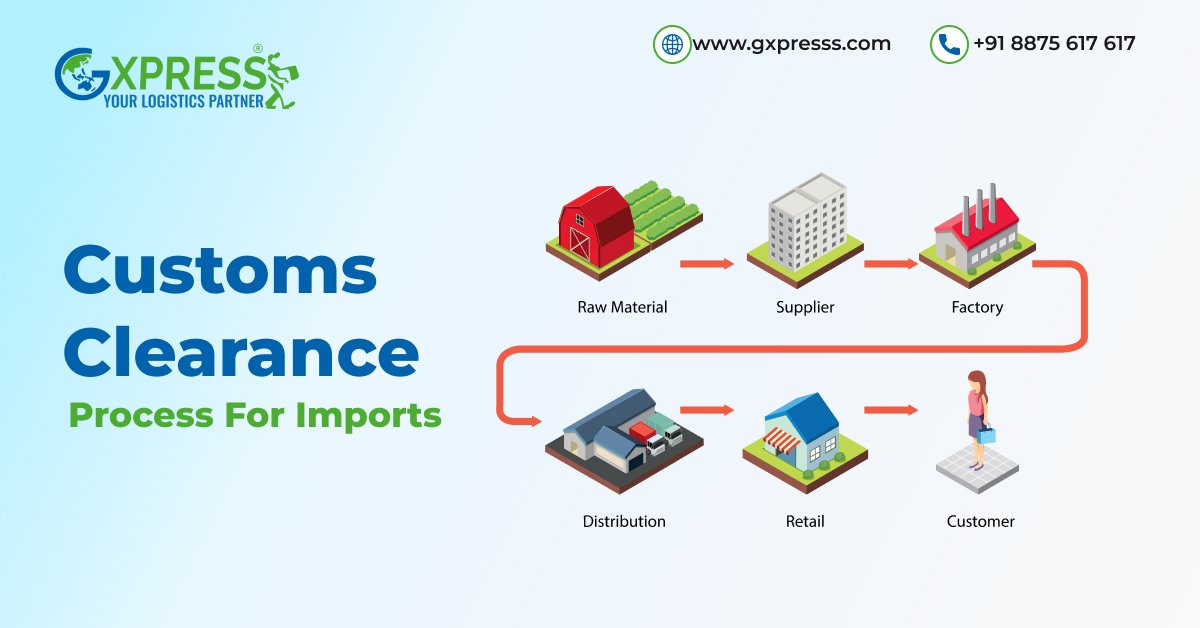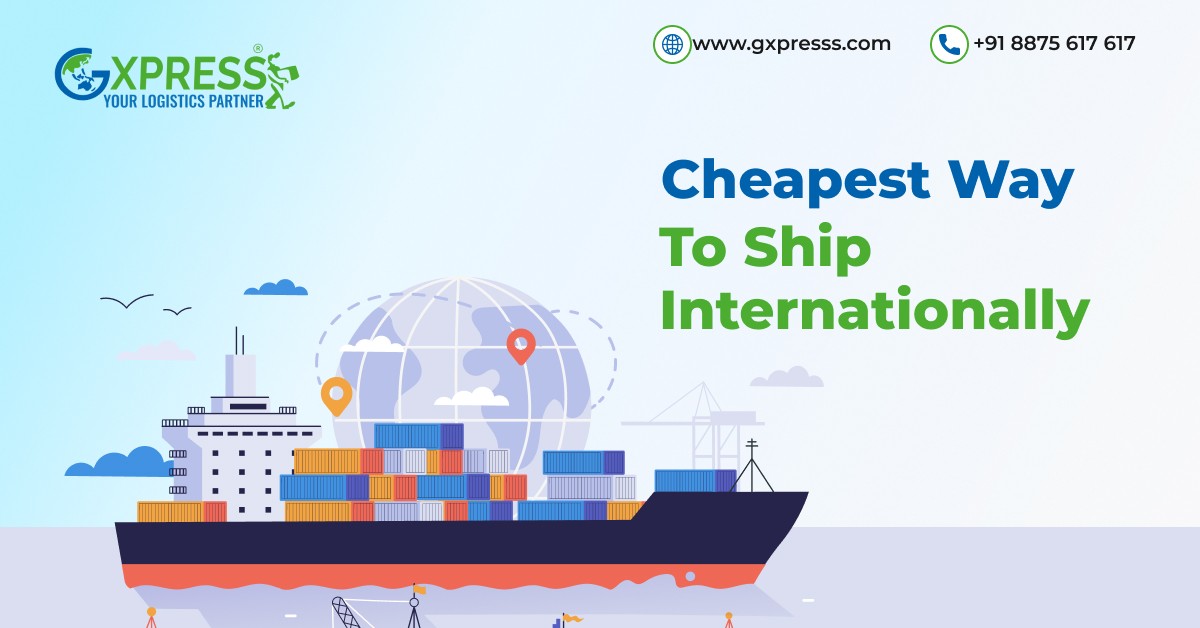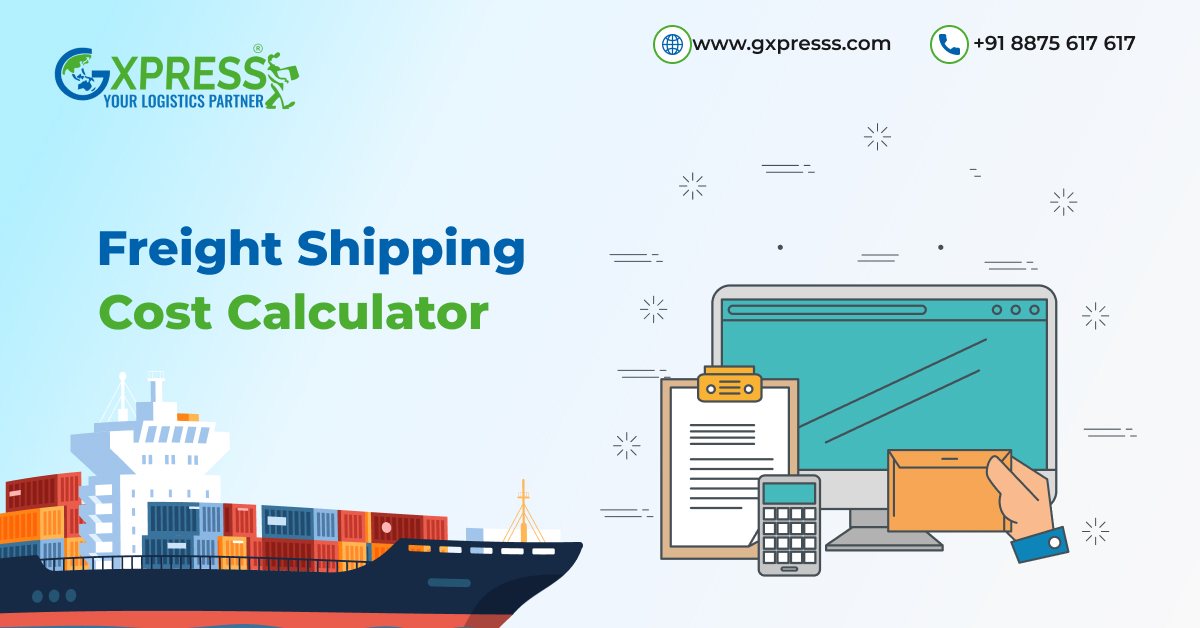July 28, 2025Freight9 min readBy Admin
India to Europe Port-to-Port Shipping Route: Cost & Timeline
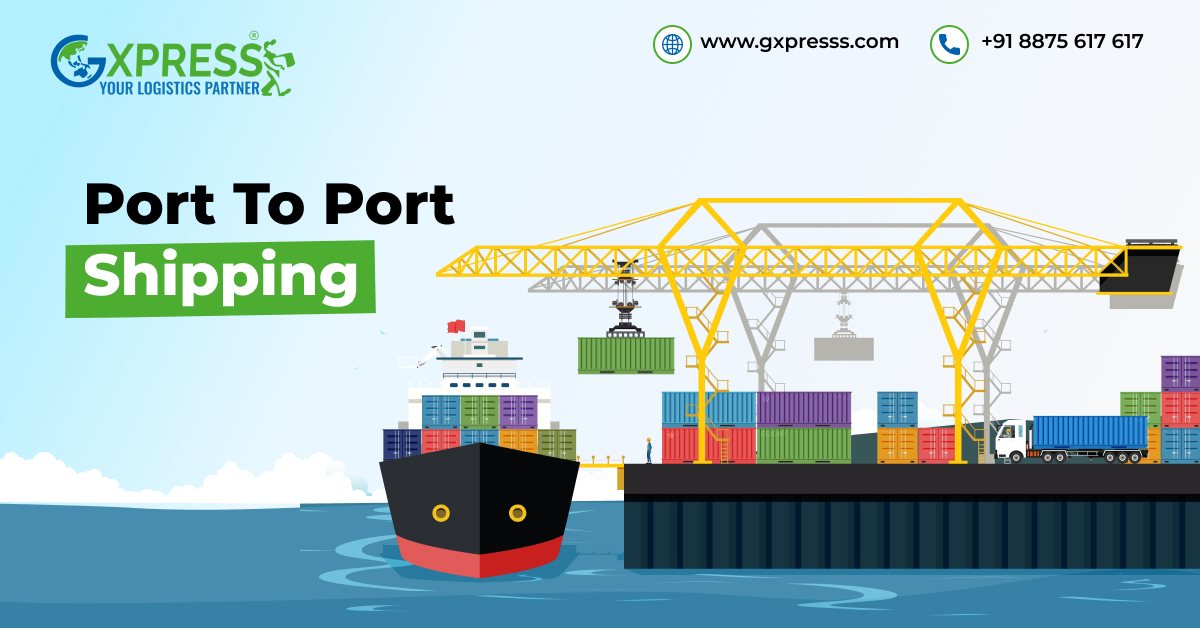
A small maker in Coimbatore found port to port shipping very helpful. He just got his first set of handmade steel pots and pans, shiny and new, set to take on the European market. His goods are boxed, marked, and piled up. Then came the big question: how do they move from his little storehouse to a shop in Barcelona or to someone's home in Berlin?
Here's where shipping from port to port comes in.
No matter if you're shipping alone, growing your direct brand, or trading long-time, knowing how to move items from India to Europe can mean the difference between a smooth deal and a big hold-up.
Let's get into the what, how, and price of all this: making it simple, clear, and very much based on fact.
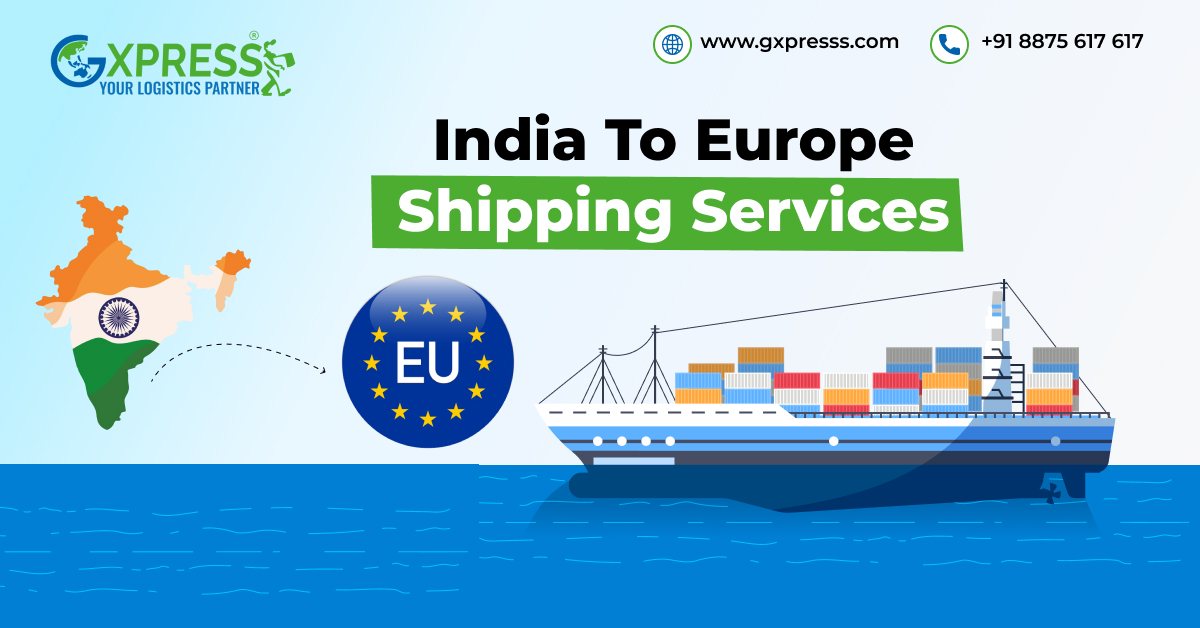
Note: These are just rough numbers. Prices shift often and differ by who gives them.
What Is Port to Port Shipping and What Modes Are Used?
Port to port shipping is just how it sounds, the sending of goods from a chosen port in the home country (India) to a port in the target country (Europe). Not like door-to-door shipping, it does not bring in moving stuff from your store or plant to the port, or from the port in Europe to your customer. It simply handles the long leg of the journey. There are two main shipping modes:1. Ocean Freight
The most commonly used mode, especially for bulk shipments or non-urgent cargo. This is ideal if you’re shipping things like:- Machinery
- Furniture
- Home appliances
- Textiles
- Industrial components
- FMCG products
2. Air Freight
This is your go-to mode for urgent, high-value, or perishable goods. Think:- Electronics
- Medical supplies
- High-end fashion
- Time-sensitive documents
What Kind of Items Can You Ship from India to Europe?
One of the best parts of international logistics today is the diversity of items that can be shipped legally and efficiently. Here's a glimpse of commonly shipped categories from India to Europe:Allowed/Popular Shipments:
- Textiles & Apparel – A huge export sector for India, especially cotton, silk, and designer wear.
- Spices & Agro Products – India’s spice trade has centuries of legacy.
- Engineering Goods – Industrial parts, tools, and machinery components.
- Automobile Components – Especially to Germany, France, and Italy.
- Pharmaceuticals – With proper documentation and packaging.
- Handicrafts & Decor – Think Jaipur pottery or Rajasthani lamps.
- Leather Goods & Footwear
- Electronics and IT Hardware – With CE certification for European standards.
Prohibited Items for Port to Port Shipping
Not everything gets the green light. Even though logistics is largely about moving things efficiently, there’s a strict list of items that you cannot ship from India to Europe. Do not send out these things:- Things that can blow up or hurt people
- Food that can go bad fast (get the permission first)
- Live pets or plants (must be permissioned)
- Fake branded things or inauthentic products
- Adult entertainment things
- Devices with a battery (on some planes)
- Drugs or mind-altering substances
How Port to Port Shipping Works: Step-by-Step Guide
Let’s return to our cookware maker from Coimbatore. How does his shipment reach Rotterdam or Hamburg? Here’s how port to port shipping unfolds:Step 1: Pack & Label
Get your items ready & boxed. Label them & check all is set for moving across the sea. That means you stick to the rules for how to pack, label them, & not go over the weight cap.Step 2: Documentation
Next comes the paperwork:- Commercial Invoice
- Packing List
- Bill of Lading (or Air Waybill)
- Certificate of Origin
- Export License (if required)
- Insurance (optional but recommended)
Step 3: Take to Start Port
You take the goods to the port (like Nhava Sheva/JNPT in Mumbai, Mundra in Gujarat, or Chennai Port) or give them to a ship man or task pal.Step 4: Customs Clearance (India)
Folks at customs clearance look at your goods & forms. Once okay, they load it on a ship or plane.Step 5: Transit Time
- Sea: Can take 18–35 days, changes with the ports.
- Air: Hits goal in 3–7 days, if no slowdowns.
Step 6: Get to End Port
Once your stuff gets to Europe, say Rotterdam, Antwerp, or Hamburg, it's taken off & waits for another edge check there.Step 7: Import Customs Clearance
Your buyer or local edge pro does the European customs clearance tasks. Once all is clear, your goods are set to get to, or go to, the last stop.
Port to Port Shipping Cost from India to Europe
This is the million-rupee question. And the answer? It depends. Several factors impact the final cost of port to port shipping:1. Mode of Shipping
- a) Ocean Freight (LCL or FCL)
- LCL (Less than Container Load): ₹12,000 to ₹18,000 per CBM (cubic meter)
- FCL (Full Container Load): For 20 ft. about ₹1.2L – ₹2.5L, and for 40 ft. around ₹2L – ₹4.5L.
- b) Air Freight
2. Distance & Destination Port
Shipping to Western Europe (like Spain, France, Germany) may cost differently than Eastern Europe (like Poland or Hungary) due to inland transportation and fewer direct routes.3. Seasonality & Surcharges
Prices spike during:- Peak seasons (Sept–Jan)
- Fuel hikes
- Congestion surcharges at ports
4. Type of Goods & Insurance
Hazardous or temperature-sensitive goods cost more due to special handling needs.5. Terminal Handling Charges (THC)
Payable at both origin and destination ports, these are usually baked into the freight quote or charged separately.Sample Estimate: Ocean vs. Air
| Mode | Quantity | Route (Chennai to Rotterdam) | Estimated Cost (INR) | Timeline |
| Ocean (LCL) | 3 CBM | Chennai → Rotterdam | ₹36,000 – ₹50,000 | 25 – 32 days |
| Ocean (FCL) | 20 ft FCL | Mumbai → Antwerp | ₹1.8L – ₹2.3L | 21 – 28 days |
| Air Freight | 200 kg | Delhi → Frankfurt | ₹90,000 – ₹1.5L | 4 – 6 days |
Choosing the Right Shipping Partner
Port to port shipping fits well for businesses that:- Can move goods well to and from ports on their own
- Look to save money by doing their own pickup and delivery
- Ship regular volumes internationally
Conclusion
In the tight world market, moving goods from India to Europe by port is not just for the big guys. Whether you are sending crafts from Jaipur, car parts from Pune, or tea from Assam, the right way to ship can open up Europe’s big buyer crowd. While the sea path costs less, flying stuff over wins in speed. But both require one thing in common: smart planning. Your product already has a story. The journey it takes across borders is just the next exciting chapter.Frequently Asked Questions
Q1. How to ship from India to Europe?
To send from India to Europe, pick how (sea or air), wrap your items well, and get the right papers (bill, list of goods, etc.), find a shipper or a helper, get through India's customs, and send it to the port where you want it in Europe. There, the person who buys it or their helper takes it through customs.Q2. How much time does a ship take from India to Europe?
A ship will take 18 to 35 days to go from India to Europe. It depends on the start & end ports, stops, & shipping route.Q3. How long does it take for a vessel to travel from port to port?
Port to port travel takes 3 to 5 weeks. Air travel takes 3 to 7 days. It depends on the path & carrier.Q4. What is the sea route from India to Europe?
The sea route from India to Europe goes like this: Arabian Sea, the Red Sea by the Suez Canal, into the Mediterranean Sea, ending up at ports like Rotterdam, Antwerp, or Hamburg.Q5. How long sea freight takes to Europe?
Sea cargo from India to Europe often needs about 21 to 35 days, based on the ports you pick, how much you're sending, and the ship's plan.Q6. How much does international shipping cost from India?
The cost changes based on how you send it and how big it is. Sea items start from about Rs. 12,000 to Rs. 18,000 for each CBM, while a 20 ft host box may run from Rs. 1.5L to Rs. 2.5L. Air items go from Rs. 450 to Rs. 800 per kg. The final price depends on the path, type of goods, and the market.Share this article:

